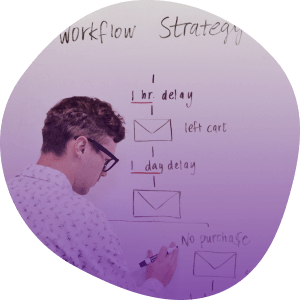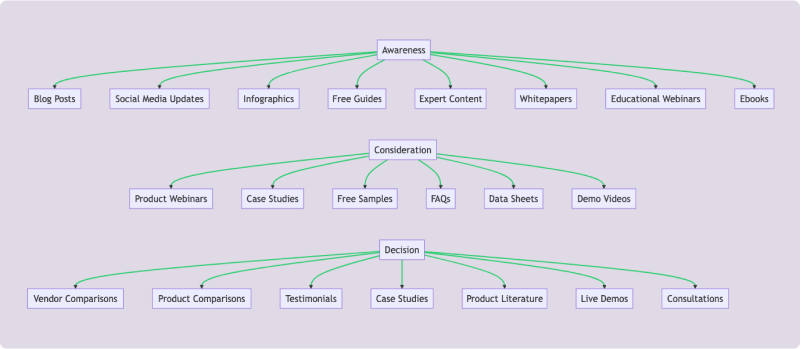source: cience.com
Powered by

Learn the secrets for sales prospecting personalization you can do quickly and easily and at scale. Learn prospecting personalization tips with examples.
Quinn Malloy
6 minute read
Share:
Percent of customers that say being treated like a person, not a number, is very important to winning their business
source: cience.com
How effective are these marketing tactics in increasing sales for SaaS companies?
Source: Uplift content










